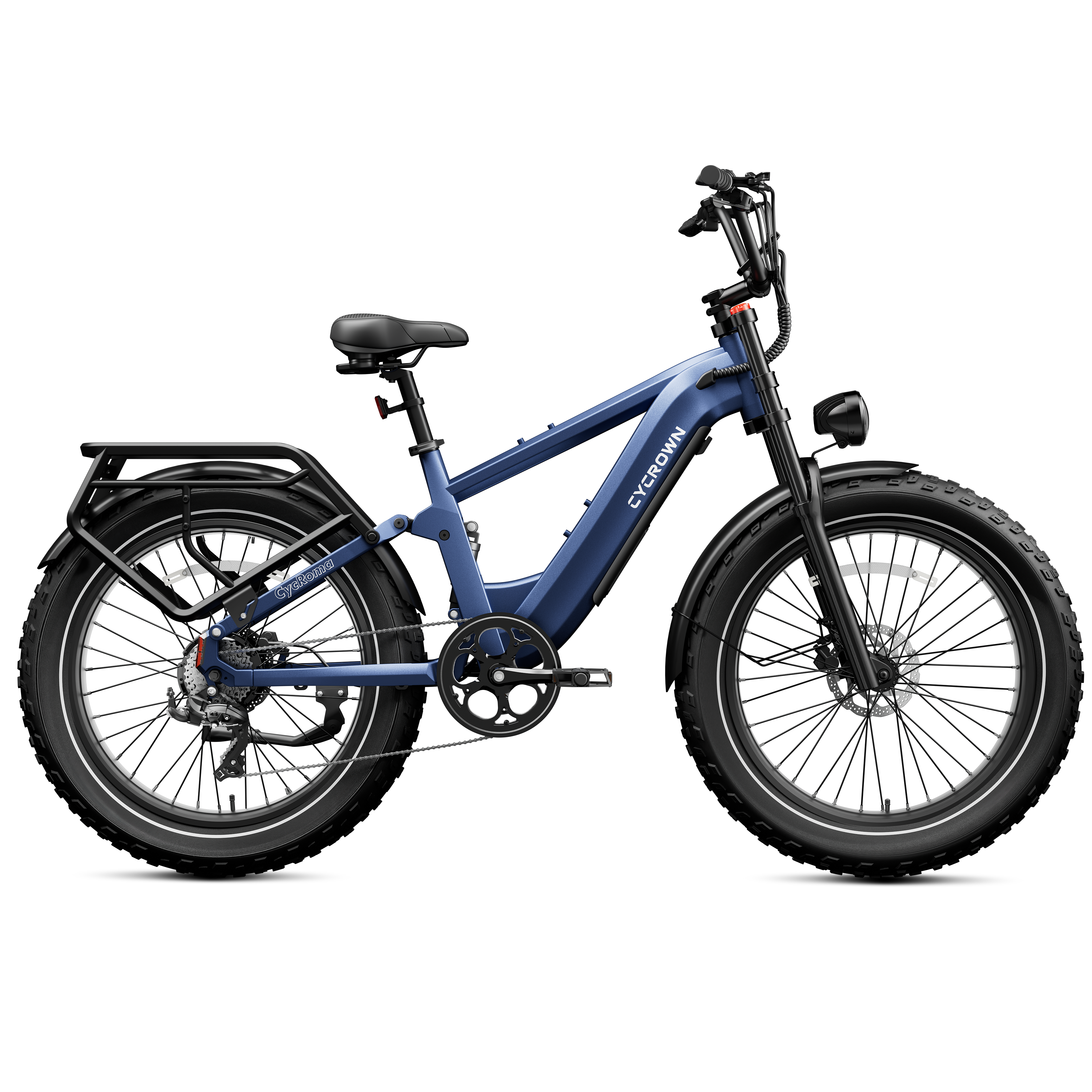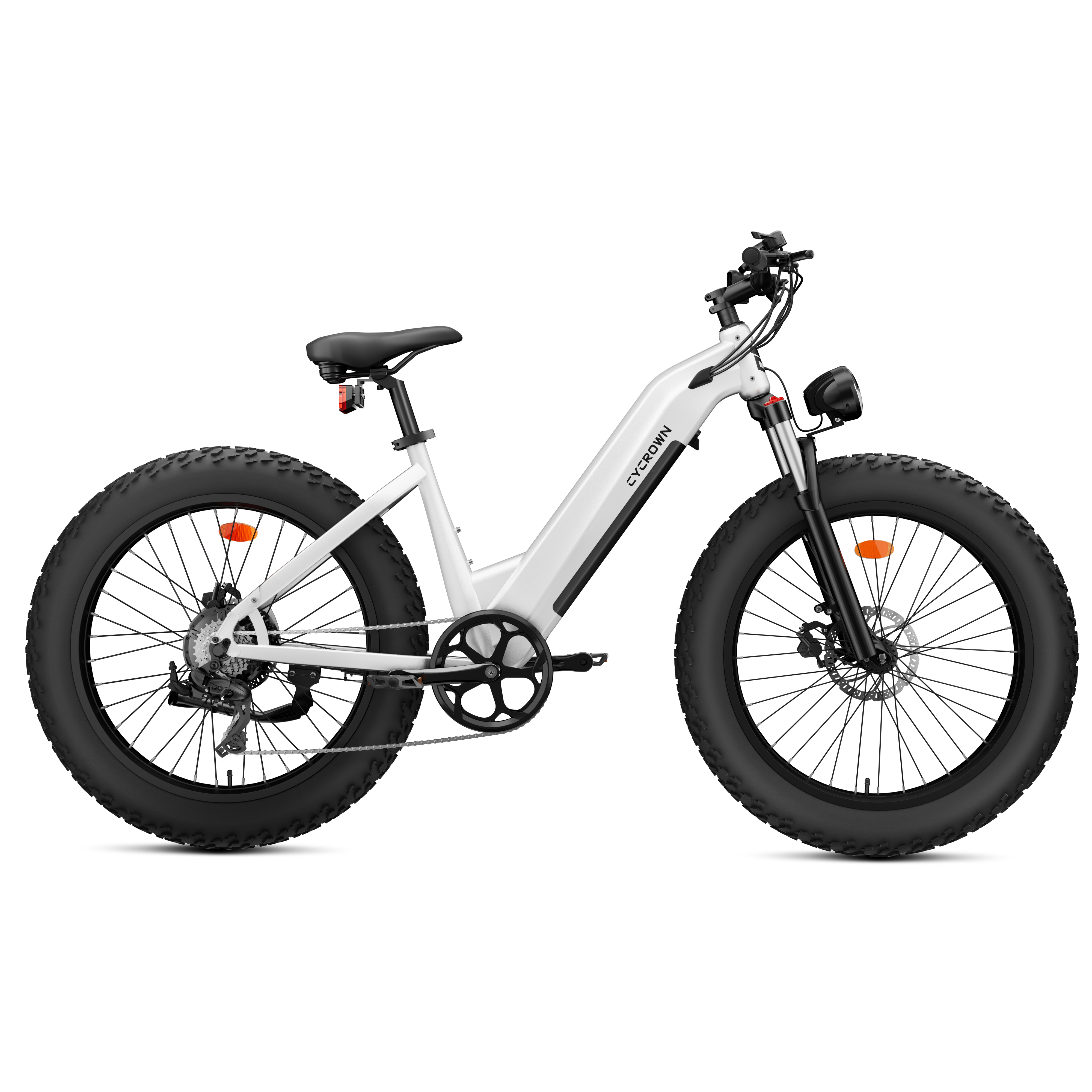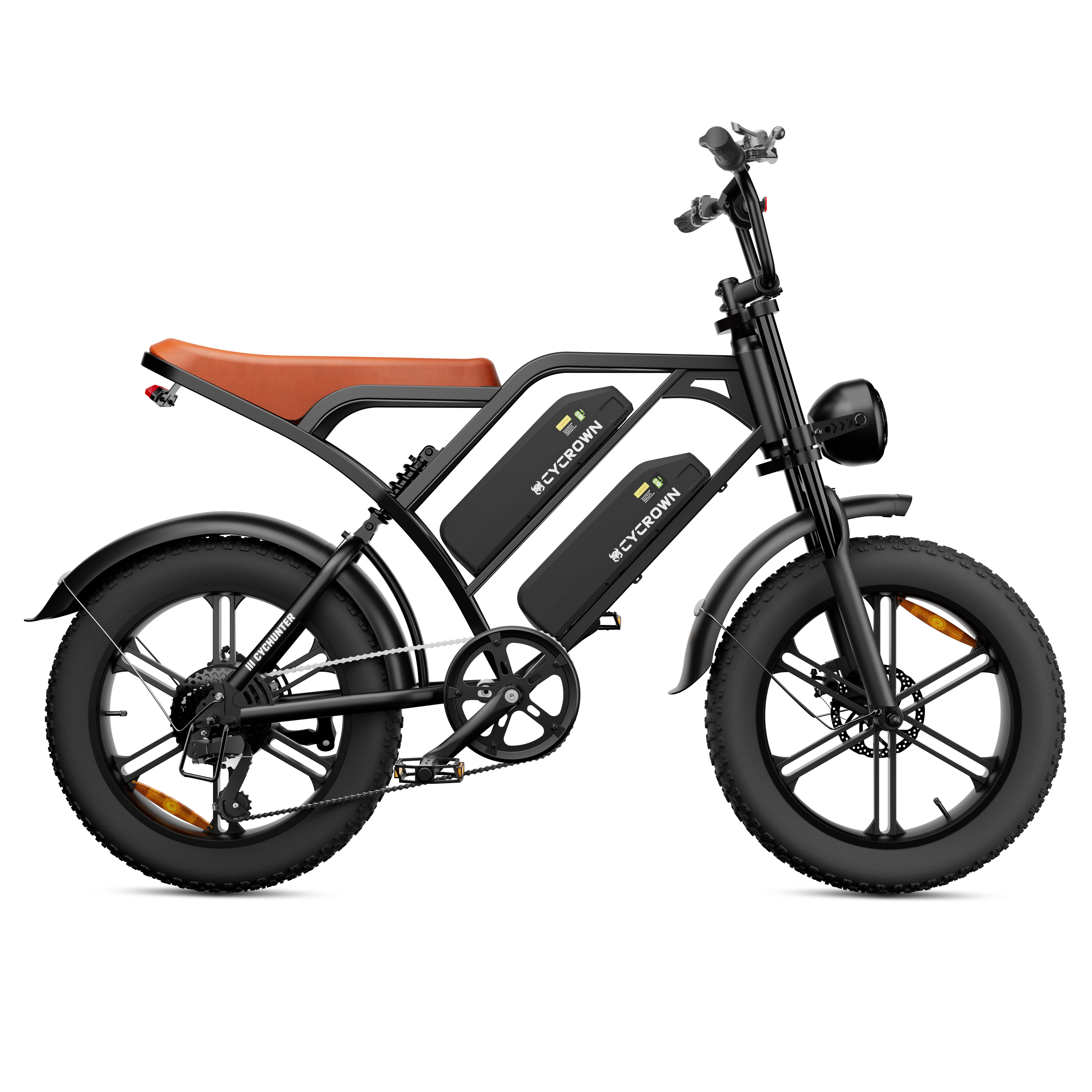Choosing the right bike size for your child can be tough, especially if you don't know much about kids' bike sizes.
Picking the right bike size is important for your child's safety and comfort. A bike that's too big or too small can make it hard for your child to balance, steer, and pedal, which can lead to falls and injuries. An ill-fitting bike can also cause discomfort, making your child less likely to enjoy riding.
In this article, we'll help you choose the right bike size for your child. We'll cover kids' bike sizes, types of bikes, wheel sizes, and age ranges.
We'll also give you tips on how to measure your child's height, inseam, and leg length, and how to use a bike size chart to find the perfect fit. By the end of this article, you'll have all the info you need to pick the right bike size and help your child love cycling.
Why Bike Size Matters for Kids
Choosing the right size bike for your child is crucial for their safety, comfort, and skill development. Riding a bike that is too big or too small can lead to accidents, discomfort, and a lack of confidence while riding.
According to healthychildren.org, children should be able to sit on the bike seat with their feet flat on the ground and have a slight bend in their knees. This ensures that they can reach the handlebars and brakes comfortably and have control over the bike.
Wheel Size of the Bike
Furthermore, the wheel size of the bike should also be taken into consideration. Bikes with smaller wheels, such as 12-inch or 14-inch, are ideal for younger children who are just learning to ride. As children grow and gain more experience, they can move up to larger wheel sizes, such as 16-inch or 20-inch.
Choosing the Right Size for Kids
Choosing the right size bike also plays a significant role in developing your child's cycling skills. A bike that is too big or too small can make it difficult for your child to balance and maneuver the bike, which can hinder their ability to learn and improve their cycling skills.
Important Notes 💡:
It is important to note that every child is different, and there is no one-size-fits-all approach to choosing the right size bike. Factors such as height, inseam length, and riding ability should also be taken into consideration.
How to Measure Your Child for a Bike

Before buying a bike for your child, it is important to measure your child's height and inseam to ensure the bike fits properly.
Here are the steps to follow:
-
Measure your child's height: Have your child stand up straight against a wall with their feet flat on the ground and no shoes on. Use a tape measure to measure from the top of their head to the ground. This measurement will help you determine the appropriate bike size.
-
Measure your child's inseam: Have your child stand up straight with their back against a wall and their feet shoulder-width apart. Place a book or a ruler between their legs, with one end touching the wall and the other end pressing against their crotch. Use a tape measure to measure the distance from the top of the book or ruler to the ground. This measurement will help you determine the appropriate standover height and minimum seatpost height for the bike.
-
Determine the appropriate bike size: Use a kids' bike size chart to find the correct size based on your child's age, height, and inseam. Keep in mind that different bike brands may have slightly different sizing recommendations, so it is important to check the manufacturer's website for model-specific size recommendations.
-
Adjust the seatpost height: Once you have purchased the bike, adjust the seatpost height so that your child can comfortably reach the pedals while sitting on the saddle. The minimum seatpost height should be at least 1 inch (2.5 cm) less than your child's inseam measurement, and the maximum seatpost height should be no more than 2 inches (5 cm) greater than your child's inseam measurement.
Kids Bike Size Chart by Age and Height
Choosing the right bike size for your child can be a daunting task, but with the right information, it can be a breeze. A comprehensive bike size chart that correlates age, height, and bike wheel size can help you make an informed decision.
Here is a bike size chart that can help you find the right bike size for your child:

It is important to note that this chart is a general guide, and your child's individual needs may vary. Always measure your child's inseam length and leg length to ensure a proper fit.
When choosing a bike size, consider your child's cycling ability and the bike's specifications. A simple formula you can use is to choose a bike with a wheel size that is no more than half your child's height.
Remember, a bike that is too big or too small can be dangerous and uncomfortable for your child. Use this chart as a starting point and adjust as needed to find the perfect bike size for your child.
Kids Bike Sizes and Types
When it comes to buying a bike for your child, there are a variety of options available. From balance bikes to pedal bikes, BMX to mountain bikes, it can be overwhelming to choose the right one for your child. In this section, we'll discuss the different types of bikes and their sizes, so you can make an informed decision.
Balance Bikes: An Introduction

Balance bikes are a great option for younger children who are just learning to ride. They have no pedals, so kids can focus on learning balance and coordination.
Balance bikes come in a variety of sizes, with 12-inch bikes being the smallest and 16-inch bikes being the largest. When choosing a balance bike, it's important to consider your child's height and inseam to ensure a proper fit.
Transitioning to Pedal Bikes
Once your child has mastered balance and coordination, they may be ready to transition to a pedal bike. The first pedal bike should have training wheels to help your child learn to pedal and balance at the same time. These bikes come in a variety of sizes, ranging from 12-inch bikes for younger children to 24-inch bikes for older kids. When choosing a pedal bike, it's important to consider your child's height and inseam to ensure a proper fit.
Size Variations in Pedal Bikes
Pedal bikes come in a variety of sizes, ranging from 12-inch bikes for younger children to 26-inch bikes for older kids. It's important to choose the right size bike for your child to ensure safety and comfort. A bike that is too small can be difficult to ride, while a bike that is too big can be dangerous. When choosing a pedal bike, consider your child's height, inseam, and riding ability.
Tips for Choosing the Right Bike Size

Choosing the right bike size for your child is crucial for their safety and comfort while riding.
Here are some practical tips to help you select the right bike size:
1. Test Ride the Bike
Before making a purchase, have your child test ride the bike. This will allow them to get a feel for the bike and determine if it is the right size for them. Make sure they can comfortably reach the pedals and handlebars and that the bike is easy for them to maneuver.
2. Check for Proper Fit
When your child is sitting on the bike, their feet should be able to touch the ground. The seat should be adjusted so that their knees are slightly bent when the pedals are at the lowest point. The handlebars should be at a comfortable height and distance from the seat.
3. Consider Wheel Size
Kids' bikes typically come in wheel sizes ranging from 12 inches to 26 inches. The right wheel size for your child depends on their age, height, and inseam length. Use a size chart or consult with a bike expert to determine the appropriate wheel size for your child.
4. Look for Adjustable Features
Some kids' bikes come with adjustable features such as seat height and handlebar position. These features can help you fine-tune the fit of the bike to your child's body, ensuring maximum comfort and safety while riding.
5. Don't Buy a Bike That's Too Big
While it may be tempting to buy a bike that your child can "grow into," this can actually be dangerous. A bike that is too big can be difficult for your child to control and maneuver, increasing the risk of accidents. It's better to choose a bike that fits your child properly and replace it as they grow.
Need An Electric Bike for Adults?
Looking for a reliable electric bike? Check out Cycrown for top-quality options designed for adults. Our bikes are perfect for everyday rides, work commutes, and weekend fun.
Visit Cycrown to find the best electric bike for your needs. Enjoy a smooth, effortless ride with our powerful and stylish electric bikes.
Frequently Asked Questions on Kids Bike Sizes
How do I size my child for a bike?
Sizing your child for a bike is important to ensure their safety and comfort while riding. The best way to size a bike for your child is to consider their age, height, and inseam length. You can use a kids bike size chart or calculator to help you determine the appropriate size bike for your child. It's important to note that different brands and models of bikes may have slightly different sizing recommendations, so it's always a good idea to check the manufacturer's guidelines before making a purchase.
What age is a 20 inch bike for?
A 20 inch bike is typically suitable for children between the ages of 6 and 8, with an average height of 44 to 52 inches. However, this can vary depending on the child's individual height and inseam length. It's important to make sure your child can comfortably reach the handlebars and pedals and that the bike is not too heavy or difficult for them to maneuver.
What age is a 24 inch bike for?
A 24 inch bike is typically suitable for children between the ages of 8 and 11, with an average height of 50 to 58 inches. However, this can vary depending on the child's individual height and inseam length. It's important to make sure the bike is not too big or too small for your child, as this can affect their ability to ride safely and comfortably.
What age is a 27.5 inch bike for?
A 27.5 inch bike is generally not recommended for children, as it is considered an adult size bike. However, some older children or teenagers may be able to ride a 27.5 inch bike if they are tall enough and have enough experience riding bikes. Just make sure the bike is properly sized and that your child is comfortable and confident riding it before allowing them to ride on their own.
How does a child's height influence the selection of bike size?
A child's height is one of the most important factors to consider when selecting a bike size. A bike that is too small can be uncomfortable and difficult to ride, while a bike that is too big can be dangerous and hard to control. It's important to choose a bike that allows your child to comfortably reach the handlebars and pedals and that they can easily maneuver and control. Using a kids bike size chart or calculator can help you determine the appropriate size bike for your child based on their height and inseam length.
How do you tell if a bike fits a child?
A bike fits a child if they can touch the ground with their toes when sitting on the seat and reach the handlebars and brakes comfortably without stretching. The knees should have a slight bend when the pedals are at the lowest point.










